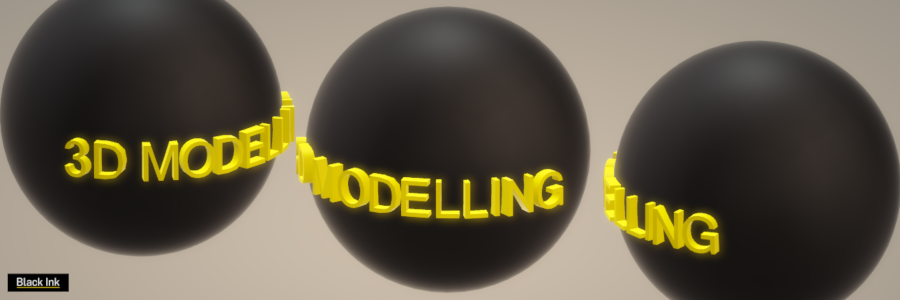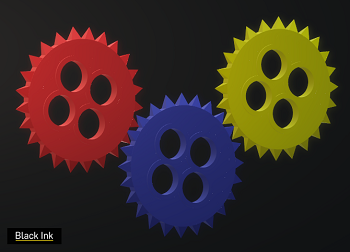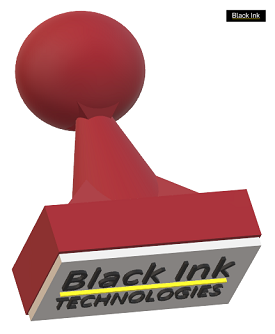3D Modelling and its Effect on Machinery Manufacturing
by Black Ink Team

We’ve talked about 3D printing and how it will affect the industry that supplies ag machine parts, but let’s take a rather big step back – let’s talk about 3D modelling and its effect on machinery manufacturing in general. After all, without 3D modelling you can’t have 3D printing.
The first thing that comes to most people’s mind when they think about 3D models is probably animated movies (such as Toy Story) or video games; but there are many jobs for 3D modelers that don’t have to do with entertainment. Lots of interior design firms and architecture firms start with 3D modelling, for instance. This lets them try different ideas without having to move a single lamp, coffee table, or metal beam. For this article, we will focus on how the addition of 3D models and 3D designers has had a tremendous effect on machinery manufacturing as a whole.

3D modelling is done using CAD software or ‘computer-aided design’ software. The person using it has access to a suite of manipulation tools, which lets them move and remodel three-dimensional shapes around a virtual environment. Depending on the scope and the requirements of the task at hand, CAD software can require massive amounts of computational power and resources – or, it can not. Many mobile app options exist for CAD software, if you are making simple models or looking at static ones.
The use of 3D modelling speeds up the prototyping process, because it lets engineers see how parts will line up and work together without having to make physical models. If they have access to more sophisticated CAD software, they can use it to test the mechanical properties their prototypes would theoretically have; by selecting the materials the parts will be made out of, engineers can produce estimates for how well a prototype (if it were made) would cope with certain levels of physical stress. Eventually, physical prototypes do still need to be made, but 3D modelling them allows engineers to save on time and materials by eliminating the least viable versions beforehand.

In addition, CAD software can help facility executives design, and run, machinery factories themselves. One component of Industry 4.0 is the use of a ‘digital twin’ – a virtual clone of a factory that can be used by management to see and rectify inefficiencies more clearly/quickly. Imagine instead of having to take apart and reassemble whole assembly lines to see how they could better function, if you could just click a few buttons instead. Beyond the placement of the various motion control components in a smart factory, 3D modelling can also be used to assess how well different iterations of entire automated systems would work, respectively.
As you can see, machinery companies can get a lot out of their investment in 3D modelling software and services on the manufacturing side. Synergies can be created with this technology in other business areas, as well, such as in marketing (where high-quality images of a product can be rendered before it is finished), packaging (where detailed designs for product packaging can be made and assessed), and distribution (where needed changes to distribution centers can be outlined). Finally, service departments at dealers if they are having problems finding out how to fix something can call the manufacturer up and ask if they can see a 3D model.
